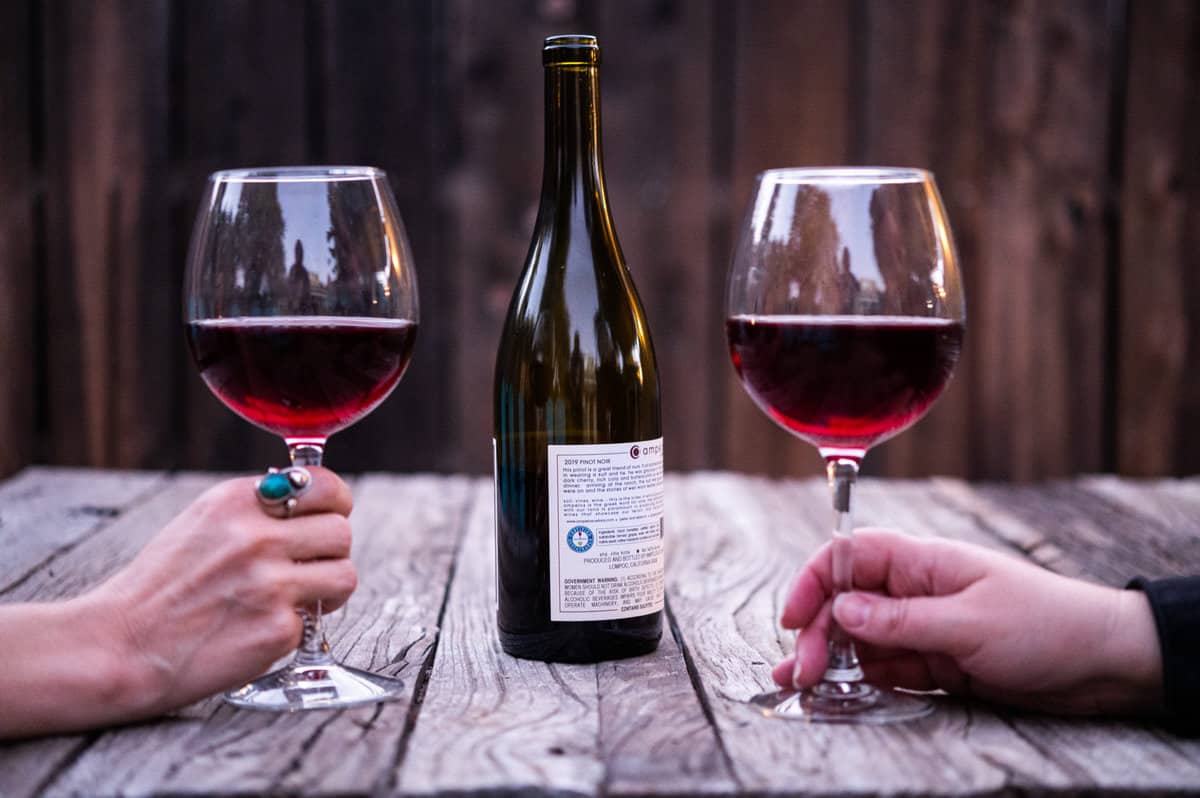How Wine is Made in California
What’s the secret to making world-class wines? To find the answer, you’ll need to take a look at how wine is made in California.
Winemaking and wine tasting have been romanticized for hundreds, if not thousands, of years. California’s verdant vineyards attract starry-eyed visitors from all across the globe. You could even say that wine tasting is the OG of agritourism.
When did California start making wine?

Though the Golden State’s first vineyards were planted almost 250 years ago, California is a relative newcomer to the wine scene. 250 years might sound like a respectable length of time – until you consider that winemaking is an 8000 year old art!
California’s first vineyard was planted in 1769, when Padre Junipero Serra planted winegrapes at Mission San Diego de Alcala. Early Mission vineyards were used solely to produce sacramental wine. In the early 1830s, Jean-Louis Vigner planted the first commercial vineyard in what is now Los Angeles.
When did California wine become popular?
Despite early commercial vineyards, California wines largely flew under the radar until 1976 when a blind wine tasting competition, the Judgement of Paris, forever changed the trajectory of the state’s burgeoning wine industry.
What California wine won the Judgement of Paris?
The Judgement of Paris was a blind tasting attended by the equivalent of the world’s wine royalty. Although they wouldn’t admit it, almost everyone expected a French wine to come out on top.
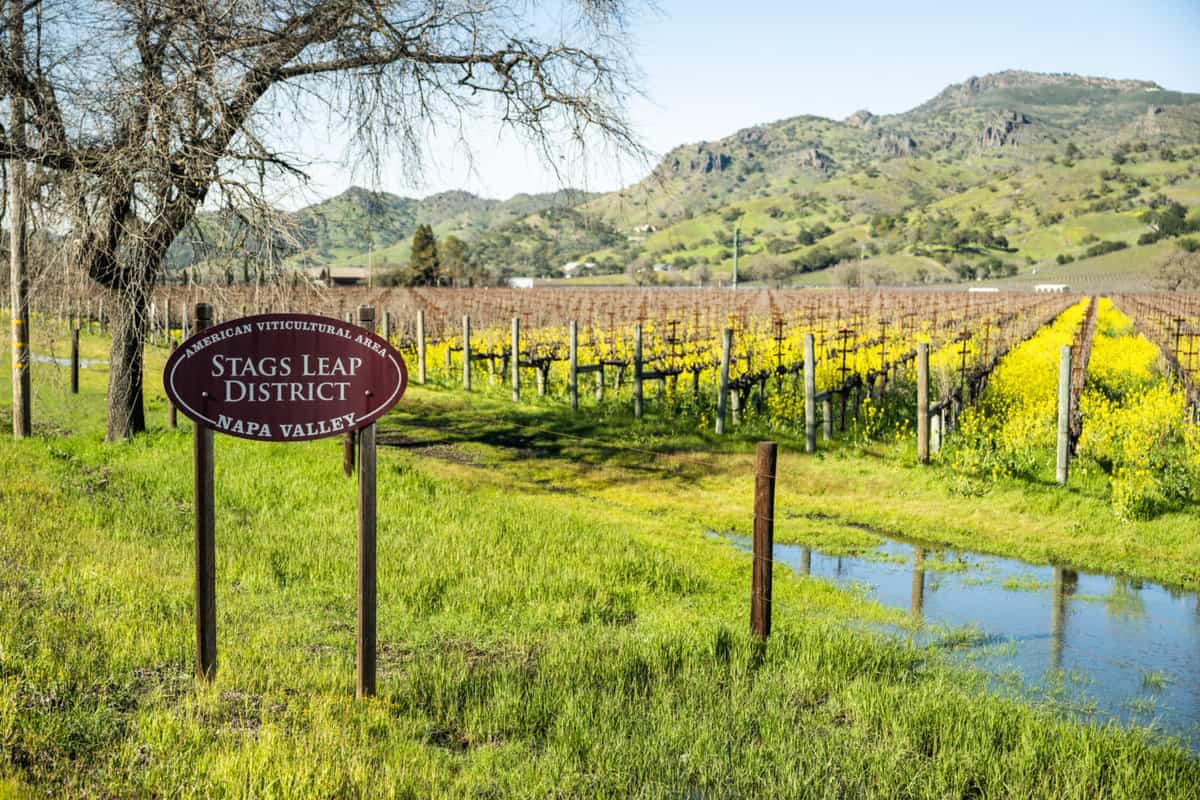
Imagine their absolute shock when an unassuming 1973 Chateau Montelena Chardonnay from Napa, California received the highest score for Chardonnay, and Stag’s Leap captured the highest marks for their 1973 Cabernet Sauvignon. This judgment rocked the wine world forever, inspiring books, movies and musicals documenting this epic event.
Where are winegrapes grown in California?
California’s fertile soils and temperate climate allow wine grapes to thrive throughout most of the state.
Where are most of California’s winegrapes grown?
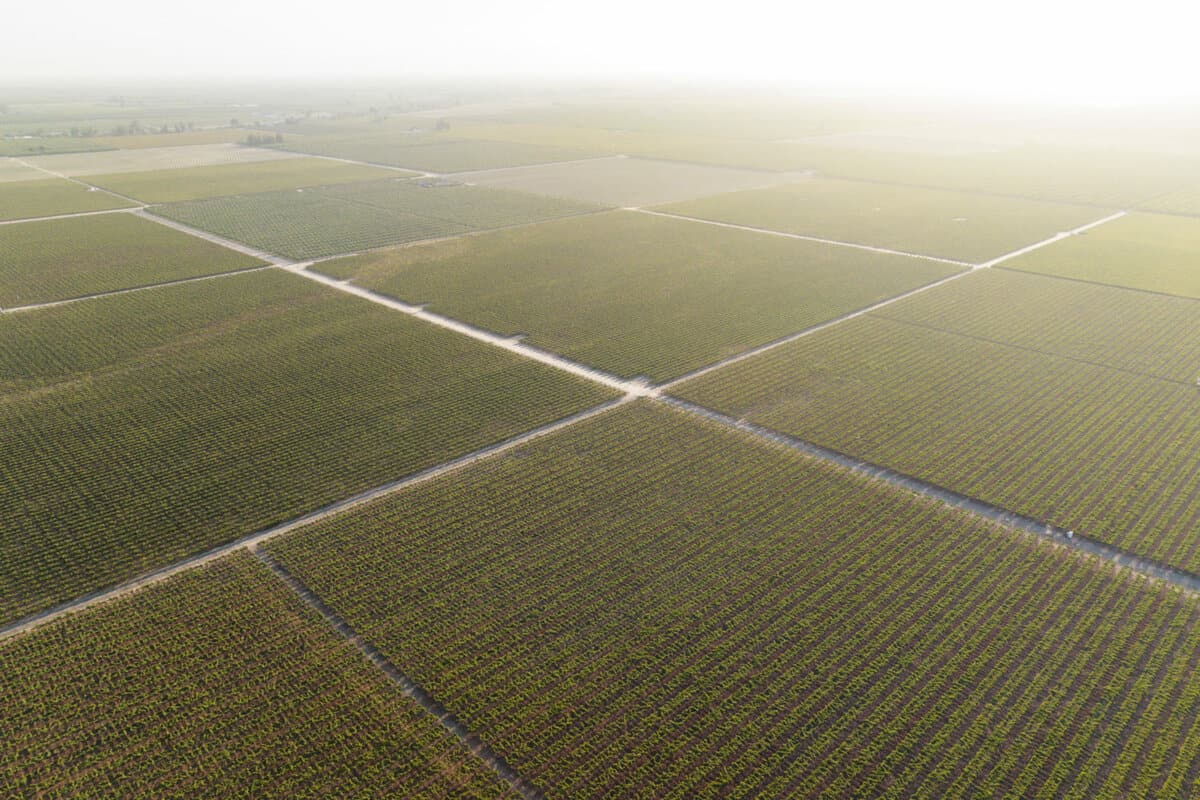
If you’re tempted to guess Napa or Sonoma, you’d be wrong! The Central Valley is responsible for more than half of all winegrapes grown throughout the state. This under-the-radar region is filled with innovative wineries and winemakers you’ve probably never heard of.
Steve Schafer of San Joaquin Wine Company was one of the trailblazers who helped develop the state’s first sustainability initiatives. Quady Winery in Madera, California is known for their award-winning dessert wines and vermouth. And in 2022, O’Neill Vintners received the prestigious Green Medal Award for their commitment to sustainability.
How many wineries are in California?
California is home to over 6200 wineries – most of which are family owned! When you support your local wineries, you’re supporting California farm families….and enjoying world-class wines.
How are winegrapes grown?
Have you ever wondered how winegrapes grow? Let’s look at the year in the life of a vineyard.
Winter: Dormancy + Pruning
Why do grape growers prune their vines?
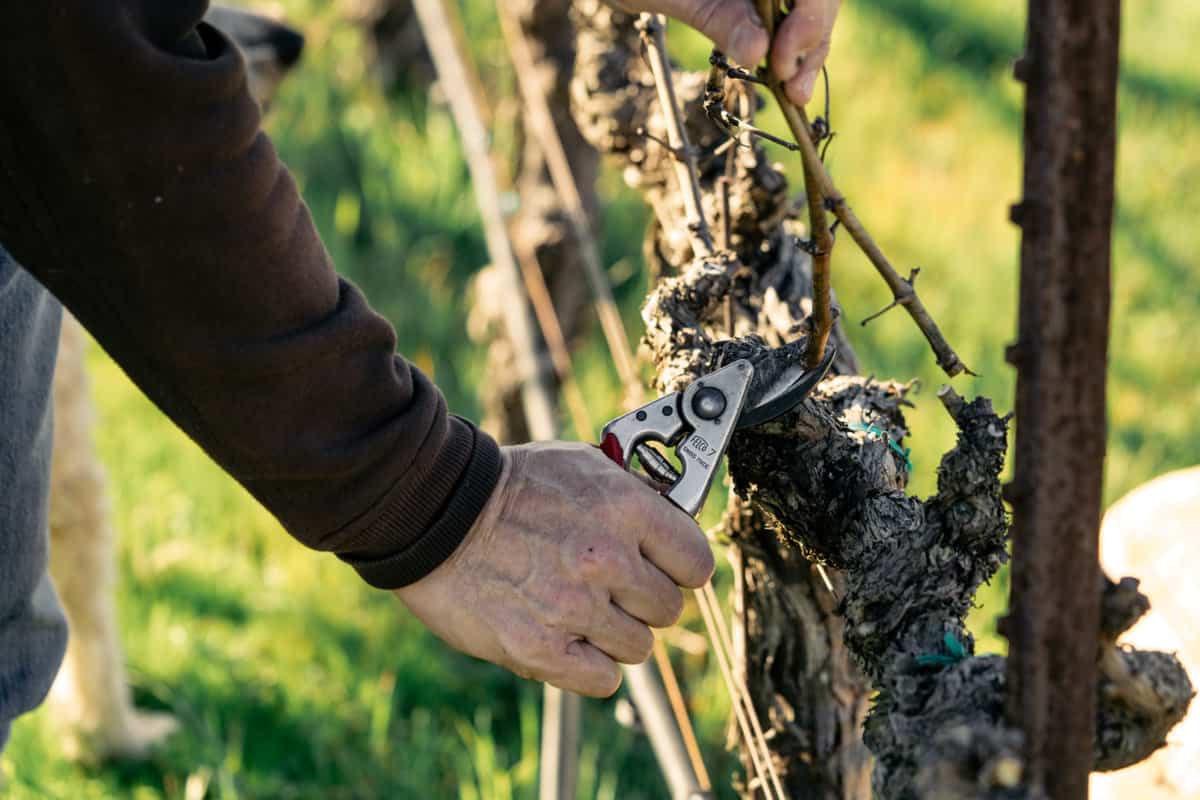
During winter, the vines enter a period of dormancy. This might lead you to believe that not much is happening in the vineyard, but nothing could be further from the truth. During winter, a team of skilled workers meticulously train and prune the vines. Proper technique is essential, as every single cut affects the quality and quantity of the next year’s crop.
Can grapevines freeze?
People outside California frequently imagine the entire state is always sunny and temperate, but that’s not the case (especially this year). Many of the regions where winegrapes grow experience occasional snowfall or freezes. As long as the vines are still dormant during cold weather, they typically emerge unscathed. If bud break has already occurred however, there is a way to protect the crop front he cold. Some wineries use overhead sprinklers and others large frost fans to keep the delicate leaves and shoots from freezing.
Spring: Bud Break, Flowering and + Fruit Set
What is bud break?
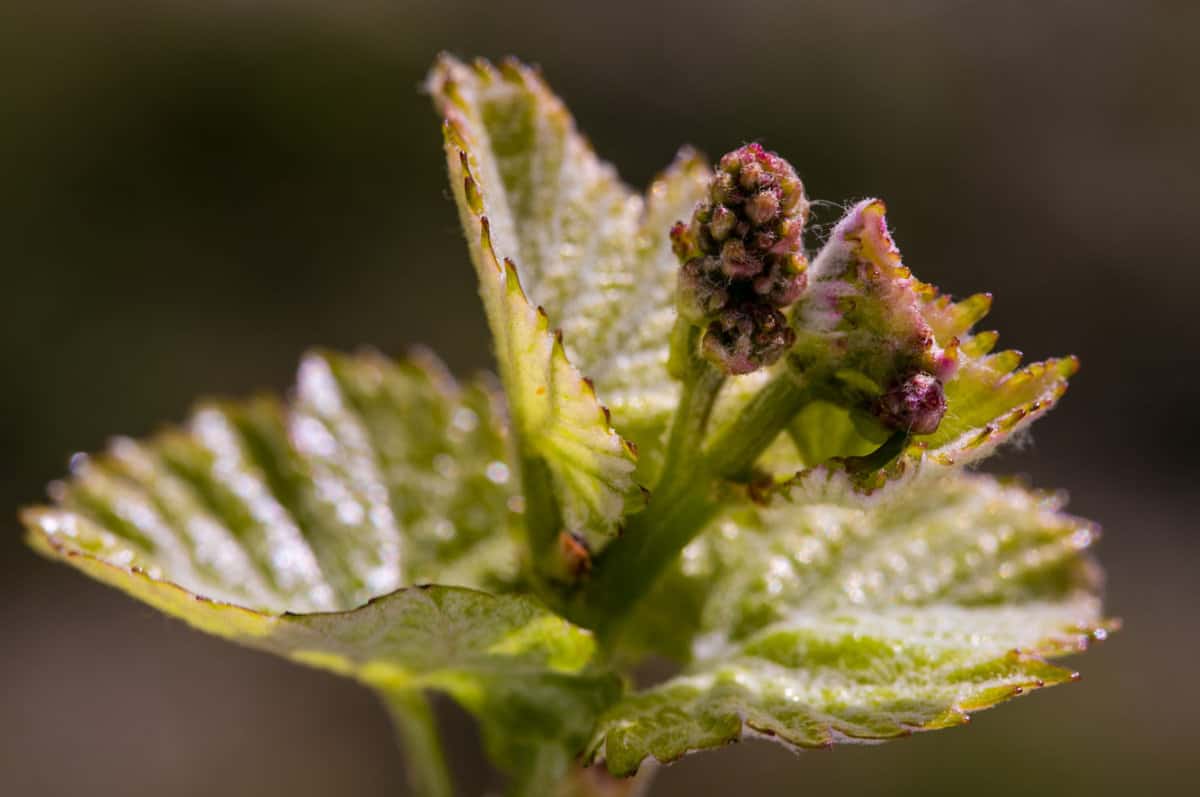
As the weather warms up, the vineyard emerges from dormancy, and tiny buds appear on the vines and begin to swell. Clusters of tiny green leaf buds break through. For the next few months, the leaves and shoots grow slowly.
Do grapevines have flowers?
About six to nine weeks after bud break, clusters of tiny green flowers cover the vineyard. The flowers only last for about a week, just long enough for pollination to occur. Grapevines are self-pollinating, but many table grape growers use bee boxes to increase their yields. After pollination, the flowers fall from their vine as fruit set ensues.
Summer: Berry Development + Veraison
What happens in the vineyard during summertime?
At first, the grapes resemble tiny hard green berries. As they bask in the summer sun, the grapes grow larger but don’t start to ripen until veraison occurs.
What is veraison?
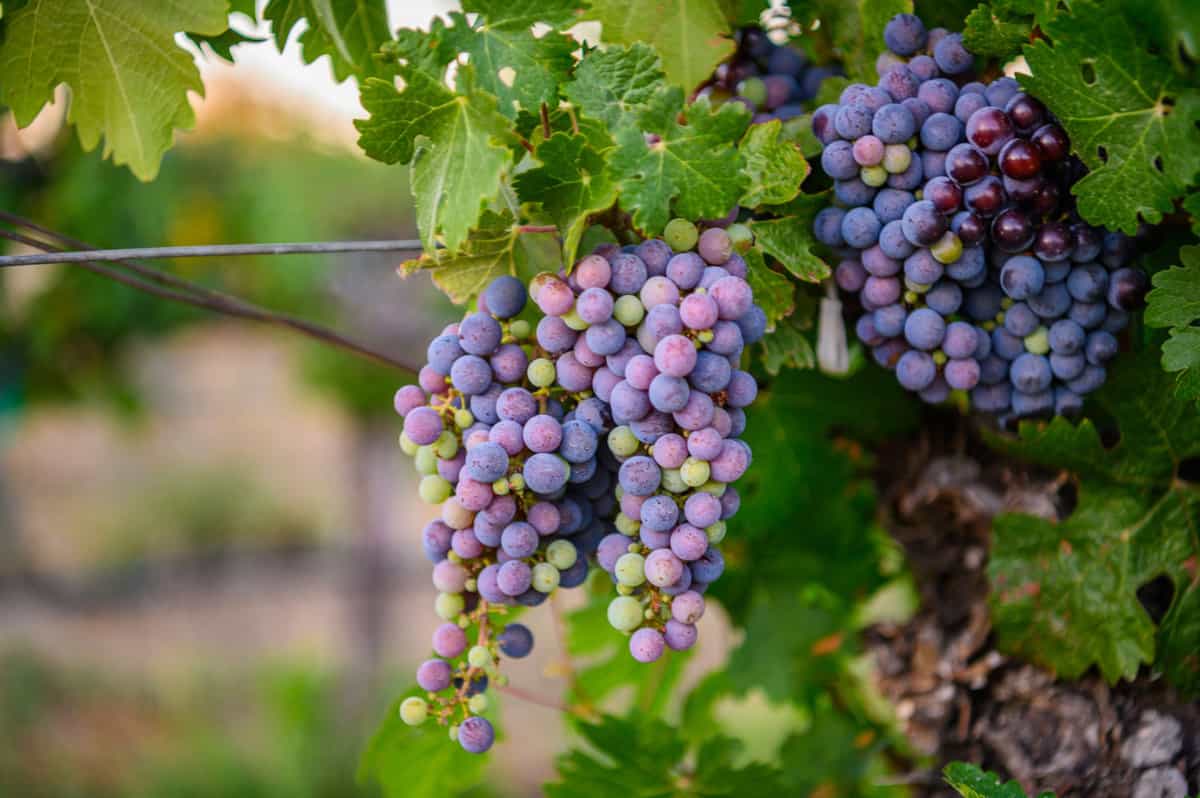
Veraison is a French viticultural term meaning “the onset of ripening”. During veraison, the grapes transform from a brilliant green color to their ultimate shade. (If you’re wondering, green grapes will stay green, but the color will fade from the original vibrant hue.) After veraison, grapes continue to grow until they are fully mature and perfectly sweet.
Fall: Harvest + Packaging
How do farmers know when to harvest their crop?
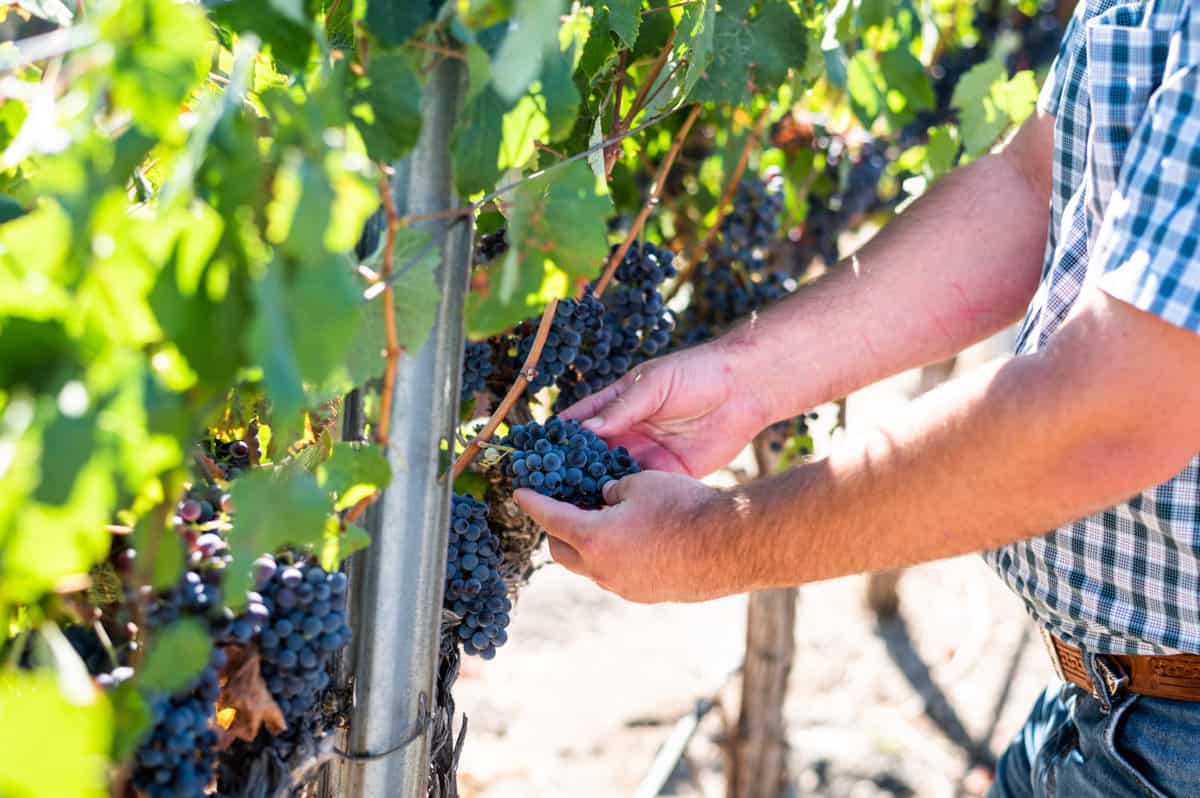
Science and intuition play an equal role in deciding if winegrapes are ready to be harvested. Winemakers test brix (sugar) levels and for the presence of naturally occurring chemicals that will ultimately enhance the wine’s flavor, color and texture. They also visually inspect the crop for signs of ripeness and, of course, taste the grapes!
Sometimes, environmental factors affect the timing of harvest. Events like heat waves, storms, and even wildfires can push the harvest date forward to protect the crop.
How are grapes harvested in California?
When does winegrape harvest begin in California?
Because California is home to so many different types of winegrapes, we keep the harvest party going all season long! Harvest typically begins in August when winegrapes used for sparkling are plucked from the vines, and continues through December for late-harvest dessert wines.
How are grapes mechanically harvested?
Like many fruits, both mechanical and hand harvesting are used for winegrapes. Mechanical harvesting doesn’t mean that all of the work is done by machines. It still requires a skilled crew. After all, harvesters cost hundreds of thousands of dollars – you would just give anyone the keys, would you?
During mechanical harvest, a skilled crew member drives the harvester between the grapevines. An arm attaches to the base of the grapevine and gently shakes the vine. As the clusters fall from the vine, they fall onto and move along a conveyor belt while fans suck up and separate any stray leaves and bits of vine. The grapes are loaded into bins and transferred onto trucks for transport to the winery.
How are grapes hand harvested?
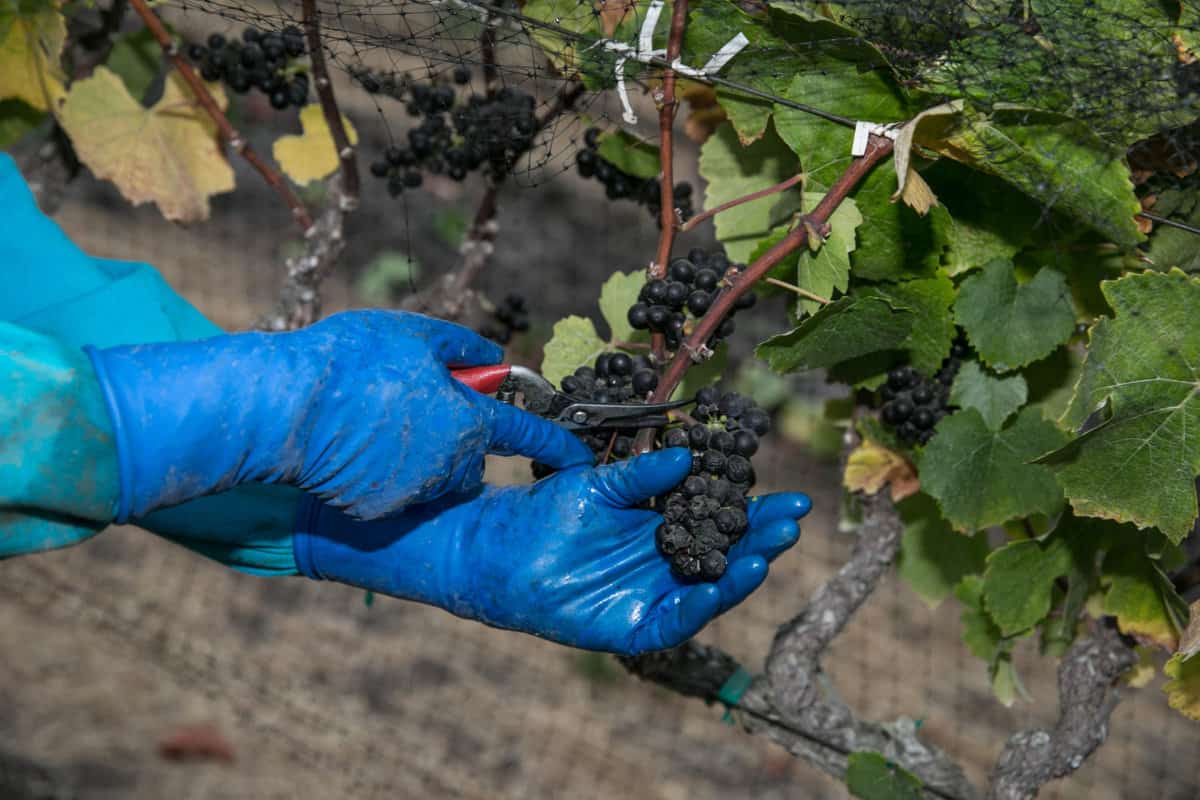
In hand harvesting, highly trained teams work their way down each row, using hand clippers to carefully remove ripe clusters from the vine. The crew visually inspects grapes for blemishes and discards any subpar clusters. The grapes are loaded into bins and transferred onto trucks for transport to the winery.
Is hand harvesting better for the environment?
Many factors play a role in deciding how each vineyard is harvested. Some growers choose to hand harvest because they believe it better protects the delicate grapes. Other times, this decision is based on terrain or layout. Hand harvesting may be the only option if a vineyard is set on a steep hillside or the vines are spaced irregularly such as those with old vines or in dry-farmed vineyards.
From a sustainability standpoint, hand harvesting results in lower fuel costs and a smaller carbon footprint. However, there are some cons to hand harvesting. Labor is a growing issue for most vineyards. Not just anyone can step in off the street and successfully harvest a vineyard – it takes a skilled crew. Hand harvesting is significantly slower and more expensive than mechanical harvesting. If a winery struggles to find a trained workforce or can’t afford to pay the cost of hand harvesting, then it is not a sustainable choice for the winery.
Our take on this hot topic – if sustainably grown and produced wines are important to you (and they should be!), don’t waste your time debating the pros and cons of each decision made in the vineyard and winery. Just look for sustainability certifications on the label. FYI – certified sustainable wineries not only have to look at matters of environment, social equity and economics – they have to improve their practices each year to keep the certification!
Why do some wineries harvest at night?
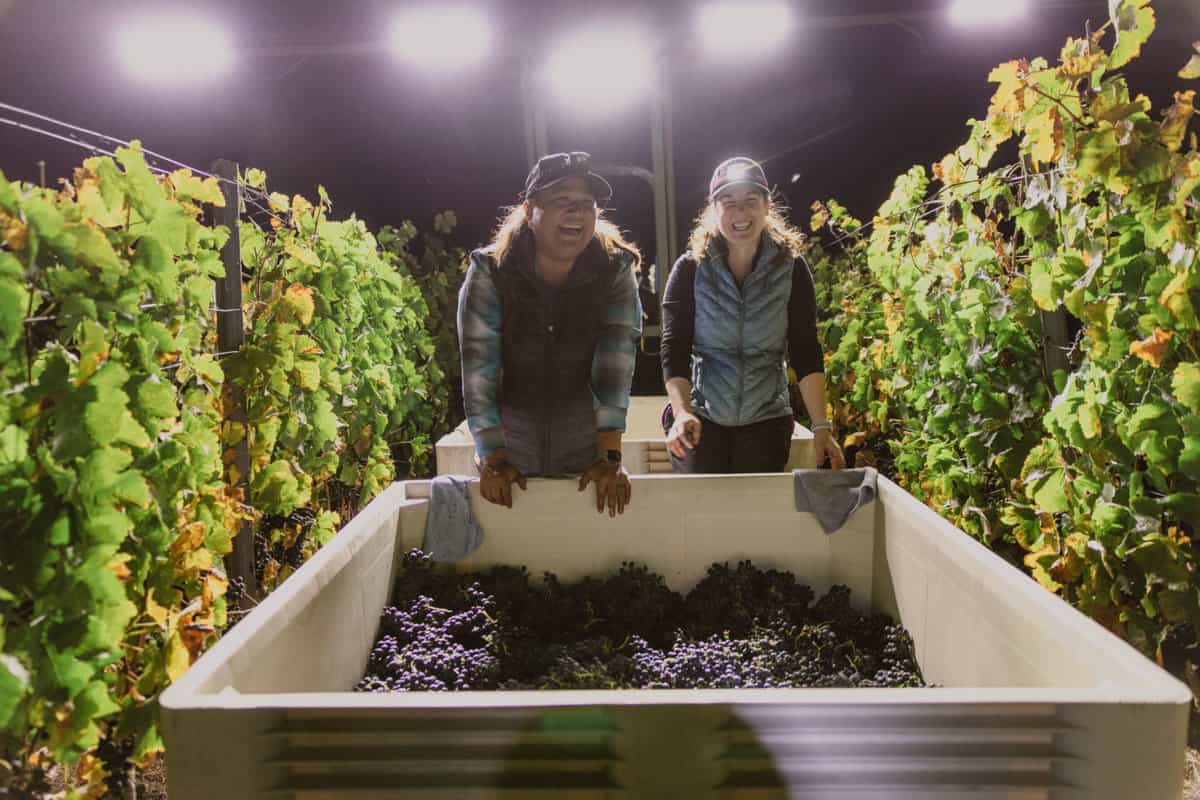
Some wineries choose to harvest during earlier morning hours or at night. Cooler temperatures protect the purity and flavors of the grapes and are easier on vineyard crews.
How is wine made?
What happens after wine grapes are harvested?
Once grapes are harvested, trucks quickly whisk them away to the winery. Time is of the essence. Grapes do not continue to ripen after harvest, but begin to break down, so winemakers prefer to use them as close to harvest as possible. The grapes go through inspection for a final time so crews can discard any damaged, unripe or subpar grapes or leaves. Traditionally, this was done by the winery team. Today, some wineries use optical sorters.
After sorting, the winemaker and cellar team are largely in control of the wine’s ultimate outcome. Every decision from this point on can make a dramatic difference in the wine’s expression, even within varietals.
Are grapes washed before being crushed?
Most wineries do not wash their grapes before crush. Washing the grapes puts the tightly packed clusters at risk for mold and mildew and removes some of the indigenous yeasts (we’ll be talking more about that post-crush) necessary for fermentation.
How are grapes crushed?

When you think about grape crush, what comes to mind? Maybe that iconic scene from “I Love Lucy”? Sure, it’s romantic (and possibly unsanitary, depending on your leanings) to imagine that gorgeous women tenderly stomp each grape. In reality, crushing grapes is usually done using a crusher/destemmer, a pneumatic press, or both.
What is the difference between crushing and pressing the grapes?
Crushing the grapes refers to simply breaking open the skin of the berries. Pressing refers to extracting the actual juice.
What is a must?
Crushing grapes causes them to release their juices. The juices drip down through the remaining skins, seeds and sometimes stems, which is called a must. The juice is either left to macerate or is captured and moved to tanks.
Why are some grapes macerated? And what is maceration?
If you’re a fan of mnemonic cues, think “maceration” and “marination”. Maceration is simply when the juice, must, and sometimes stems are allowed to marinate. Why?
Almost all grape juice is white. (Just a few exceptions, known as Teninturier grapes, have dark juice.) The skins, however, are responsible for the ultimate hue of a wine. The longer juice and must are allowed to macerate, the darker the wine. Wines like Cabernet Sauvignon often enjoy extended maceration.
Fun fact: Orange wines are made from green grapes macerated with their skins and seeds. This extended contact produces an orange-hued juice.
When are the stems removed from the grape clusters?
When the stems are removed depends on both the varietal and the desired “expression” – or how the winemaker wants the wine to taste. Stems impart a tannic quality to the wine. They add structure and smooth out the acidity. Some wines, like Pinot Noir and Syrah, may not be destemmed until after fermentation. In contrast, most white wines forgo the destemmer/crusher and proceed directly to the press.
Why is yeast sometimes added to wine?
Yeast is a necessary part of the winemaking process. The juice must be exposed to yeast for fermentation to occur. Grape juice isn’t inherently alcoholic. When the sugars in the juice are exposed to yeast, this causes fermentation – a chemical reaction in which sugar is converted to alcohol and carbon dioxide.
Some winemakers add commercial yeast, others collect yeast from their vineyards, while still others depend on the native yeast in the air or on the grapes (a process called spontaneous or native fermentation).
How long does it take for grape juice to become wine?
Since the difference between wine and grape juice is the presence of alcohol, the length of the process depends on the length of fermentation. Typically, fermentation takes between 5 to 21 days.
Most white wines are fermented in steel tanks. Chardonnay, which is often barrel fermented, is the exception to this rule. Winemakers may choose to ferment red wines in steel tanks, barrels, and sometimes amphoras. Whether red or white, during fermentation the winemaker manipulates the process to achieve the desired outcome.

The juice is stirred, aerated, poured, and pressed. The winemaker may choose to heat or cool the juice, or to feed the yeast. These might seem like simple tasks but remember – fermentation is a chemical reaction. The winemaker uses chemistry and the science of enology to guide each decision.
Why do wines need to age?
After fermentation, cellar crews transfer it to a final vessel, where it is allowed to age. During this time, most red wines (and sometimes your favorite white outlier, Chardonnay) undergo a second fermentation period called malolactic fermentation. This results in softer, creamier flavors with less acidity.

Aging is another crucial step in the winemaking process. The choice of vessel plays a vital role in the wine’s ultimate expression. Steel tanks do not impart any additional flavors and preserve fresh fruit aromas. Oak barrels can enhance butter, spice or vanilla notes, while clay amphoras fall somewhere in between.
Pro-tip: Interested in tasting the difference between these vessels? Our friends at Desparada Winery utilize steel tanks, barrels and amphoras – and offer some incredibly delicious examples of the resulting wines.
How long do wines barrel age?
Barrel aging, or elevage, can last anywhere from four months to three years. White wines typically take less time, while red wines may take longer to mature. During this time, the wine simply rests, and the flavors mellow out and come into their own. Winemakers intermittently conduct barrel tastings to check on the wine’s progress.
How are wines bottled?
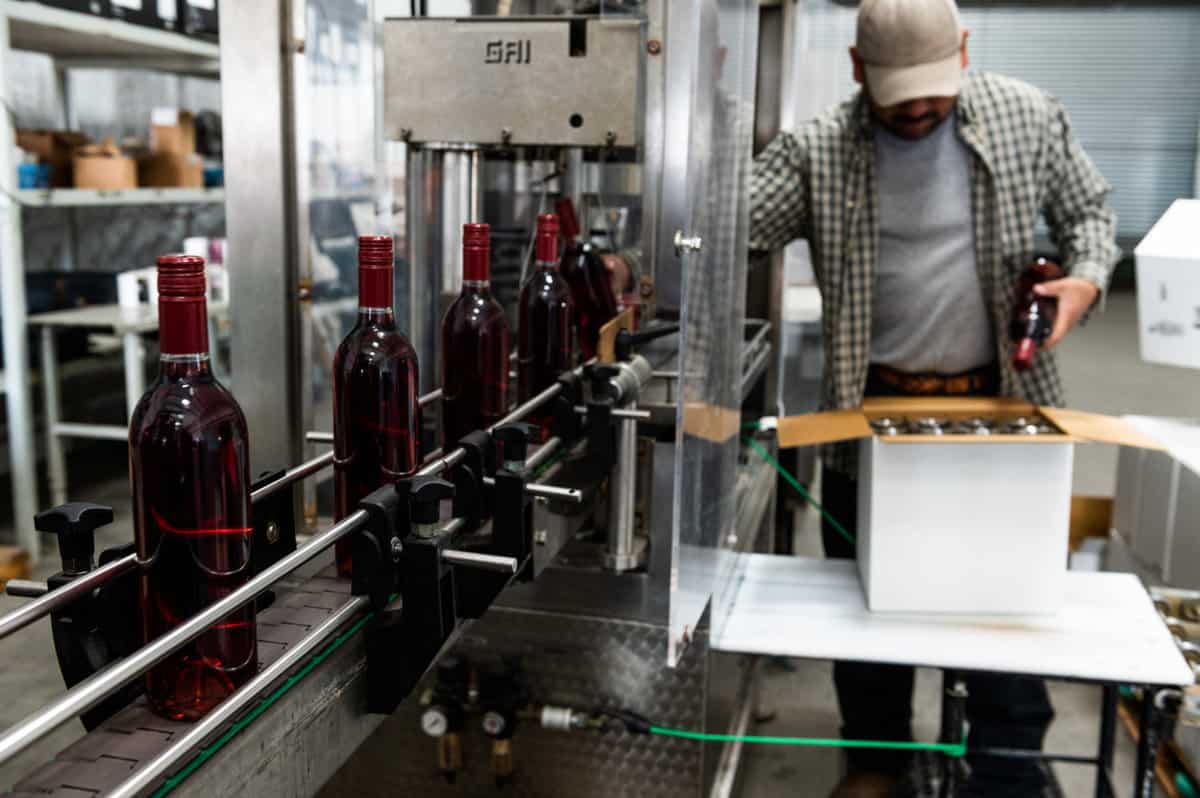
Bottling is typically automated. Special machines use volume detectors to fill each bottle with the right amount of wine. The bottle then passes along a conveyor belt to the next station, where it is corked and capped. Finally, bottles are labeled and boxed, and loaded for transport.
Where is the best place to buy California wines?
In our humble opinion, the best place to buy California wines is at your favorite winery. Why? Because you can try before you buy! If you already know what you like, you can order directly from the winery or look for your favorite bottles at wine shops, liquor stores, or your local grocer.
How can you tell if a wine is from California?
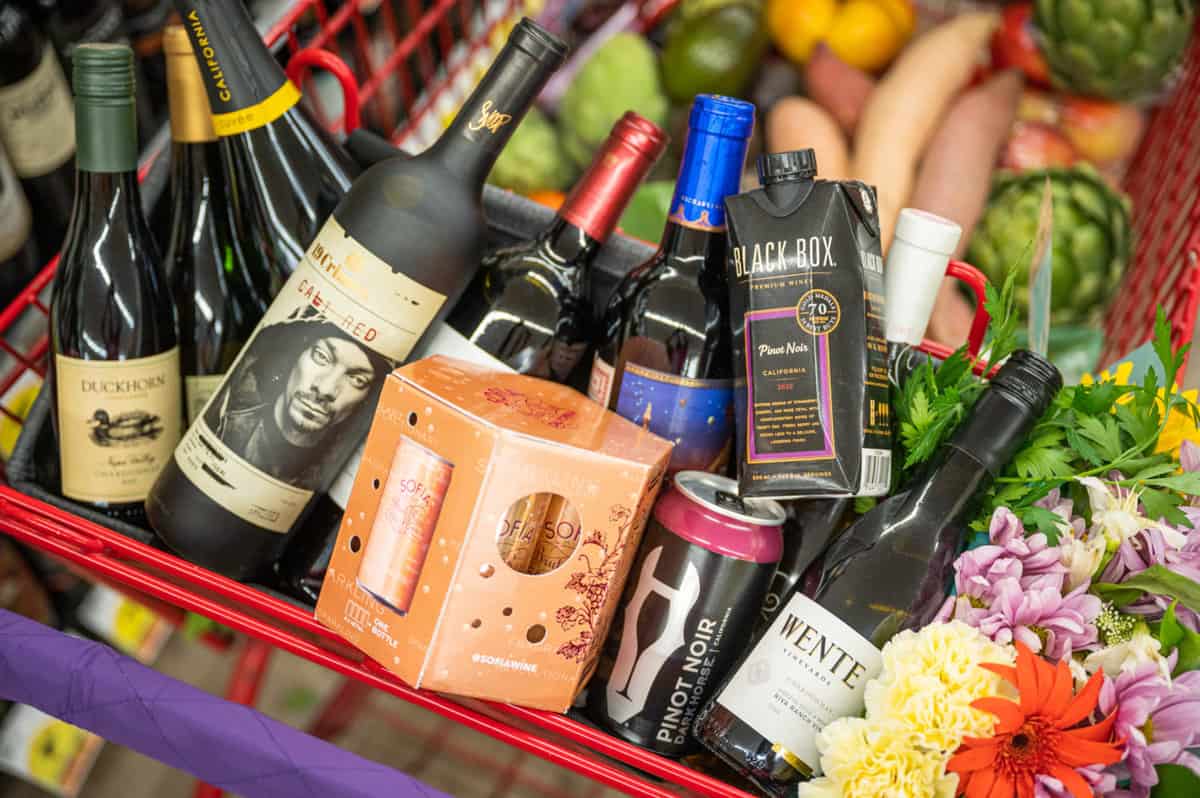
Look at the label! Wine bottles are required to list their place of origin – meaning where the grapes were grown or where the wine was made. Some bottles will call out a specific area, like Napa or Sonoma, while others may simply state “California”.
Want to learn more about how to decode a wine label? Get all the deets from our friend Amanda at Sommvivant.
Are California Wines sustainably grown and produced?
California winegrape growers and winemakers are committed to sustainability – both in the vineyard and in the winery. Over 85% of California wines are sustainably produced. But what exactly does that mean?
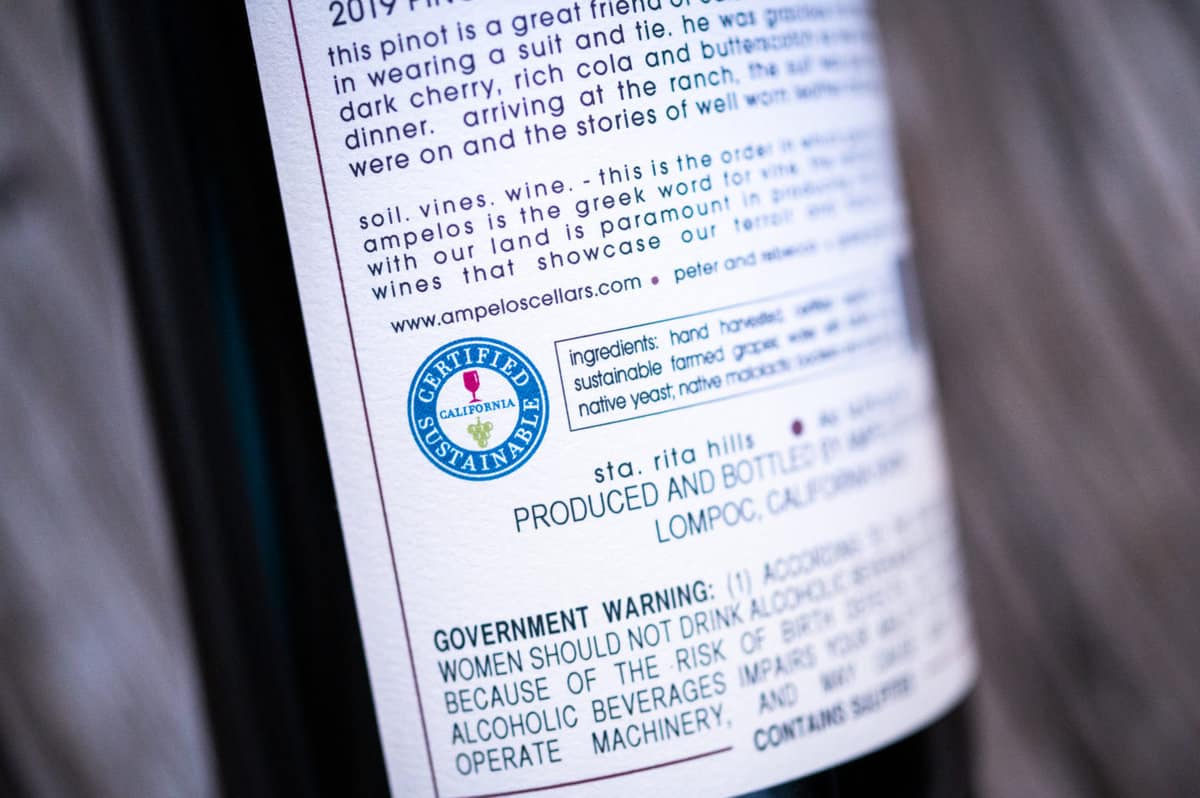
What are the 3 E’s of Sustainability?
We often use the three Es to explain sustainability. Here’s what that means:
1) Environmentally Sound: This is the part that likely comes to mind when you think of sustainable agriculture – solar panels, drip irrigation and cover crops.
2) Socially Equitable: This area of sustainability refers to how you care for your people and community. How are you making the area you do business in a better place? How are you improving your employees’ lives?
3) Economically Sound: Economic sustainability is often overlooked but equally important. If you can’t stay in business, your operation is not sustainable!
Is sustainable wine organic?
Sometimes. Organic wine is made from grapes that have been grown in accordance with strict standards set by the USDA. These regulations dictate what fertilizers, pesticides and fungicides can be used. Sustainability is a much broader concept than growing methods or treatments used in the vineyards. Sustainability incorporates environmental practices such as protecting and preserving resources for future generations with social responsibility and economic viability. So yes, sustainable wine CAN be made with organic grapes. But is it always? No.
Want to learn more? Check out our friend Aida’s in-depth explanation of the differences between organic, biodynamic and sustainable wine.
Are sustainable wines more expensive?
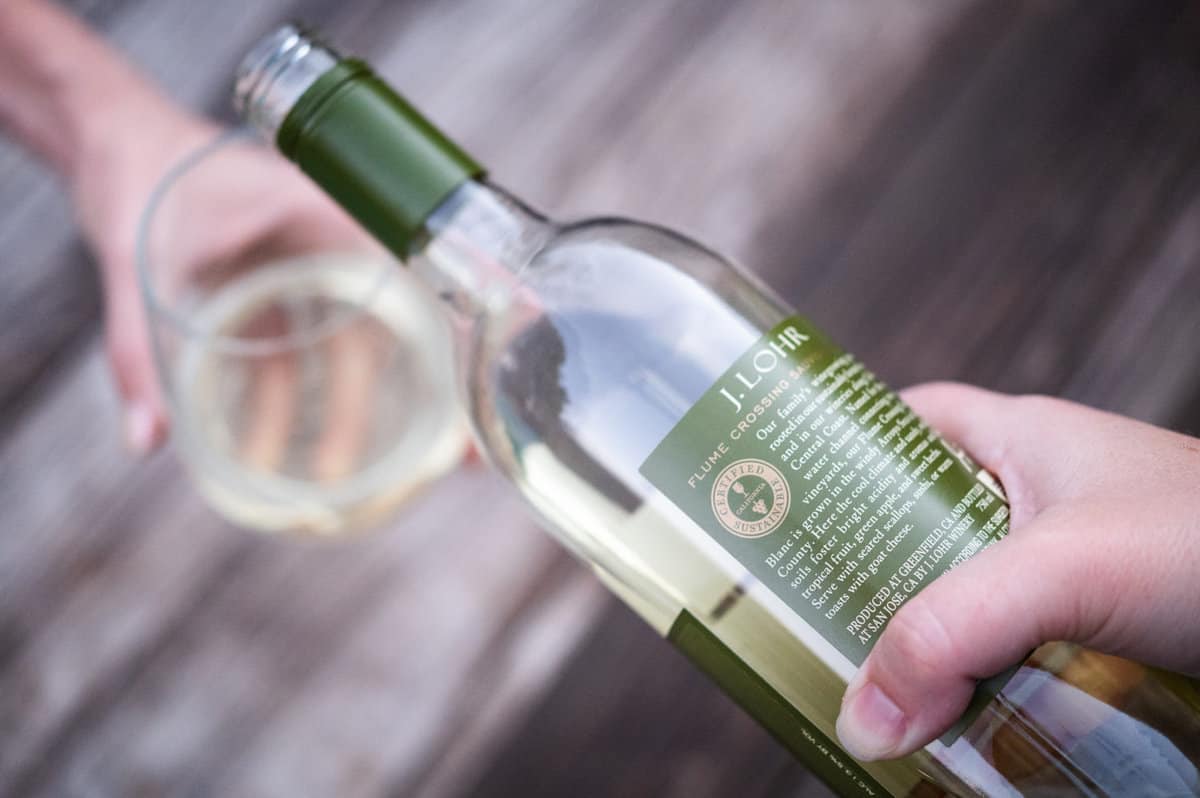
Not all sustainable wines are expensive! Many larger wineries, like our friends at J Lohr Vineyards, offer a diverse selection of labels at various price points – all of which are sustainably produced.
FAQs about California Wine
That’s a great question – and hard to answer. We’d argue that the majority of California is wine country. Technically, wine country would be anywhere vineyards are located and wine is made, right? However, most people are probably referring to some of the more well-known regions like Napa or Sonoma.
California has six main wine regions: Southern California, Central Coast, North Coast, Far North, Inland Valleys, and the Sierra Foothills.
Chardonnay is practically synonymous with California wine. After a 1973 Chateau Montelena Chardonnay took top honors at the Judgement of Paris, the world began to look at California wines in a different light. While the Golden State’s fertile climate and varied terroir allows us to grow and produce over a hundred different varieties, Chardonnay remains the most popular, accounting for almost 20% of wine sales!
Yes! Both vermouth and port are fortified wines.
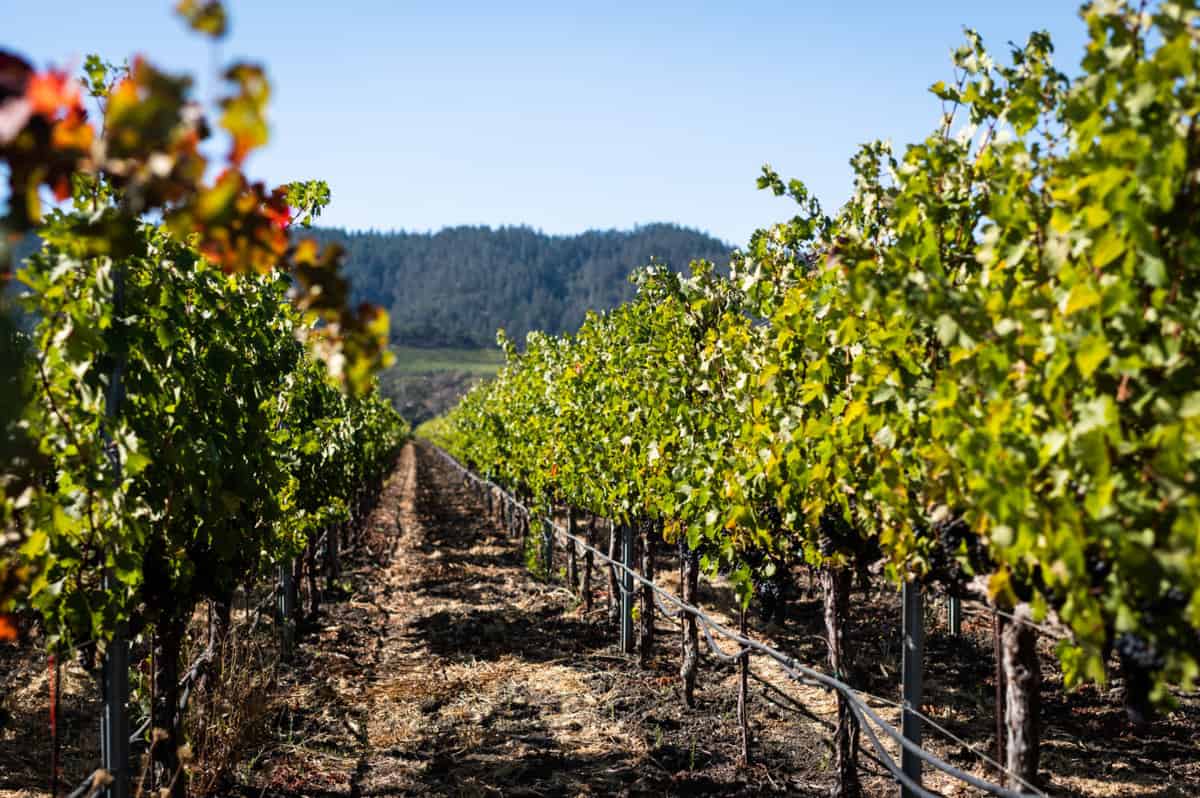
Love geeking out on ag facts? Same. Check out a few of the other articles in our “How It’s Grown” series!
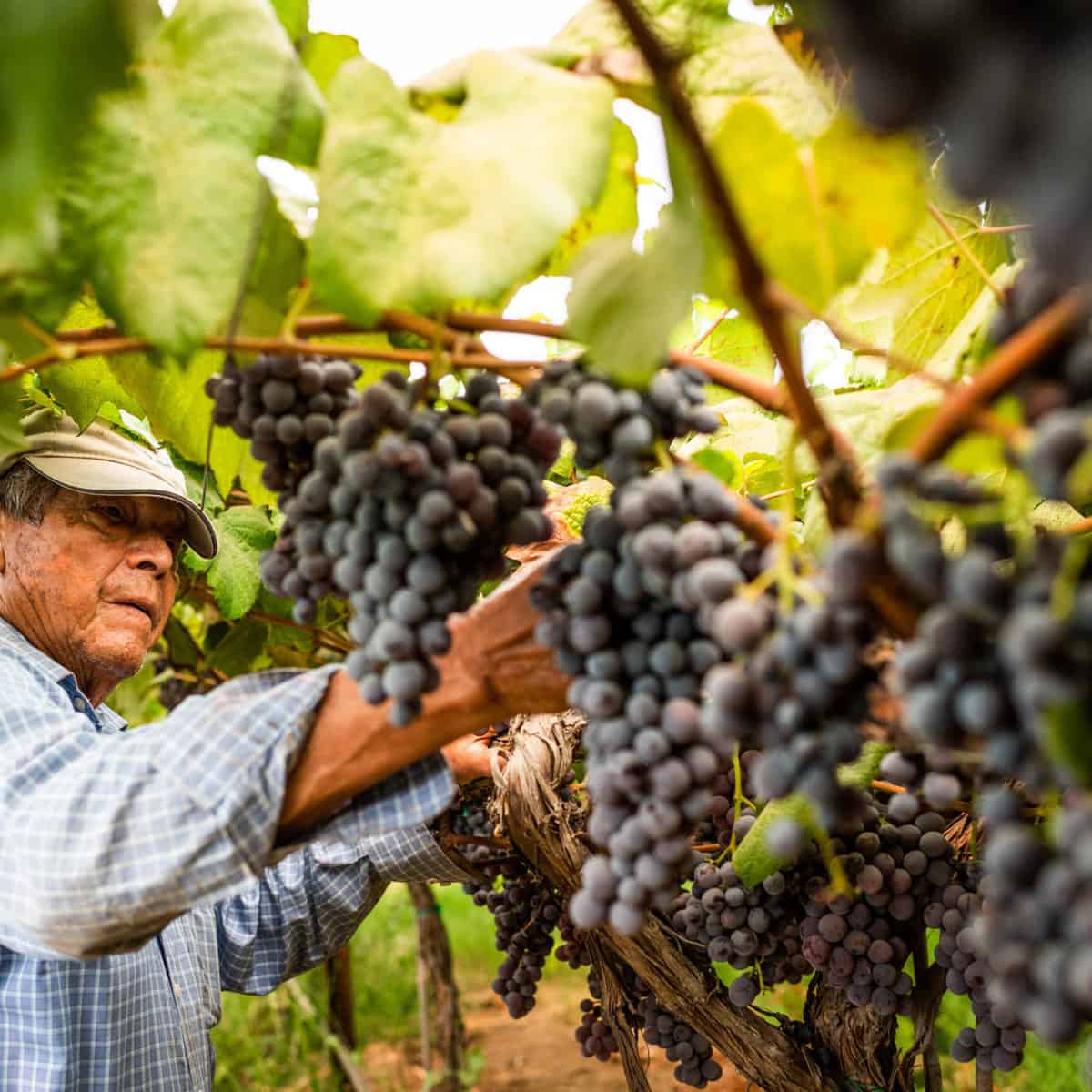



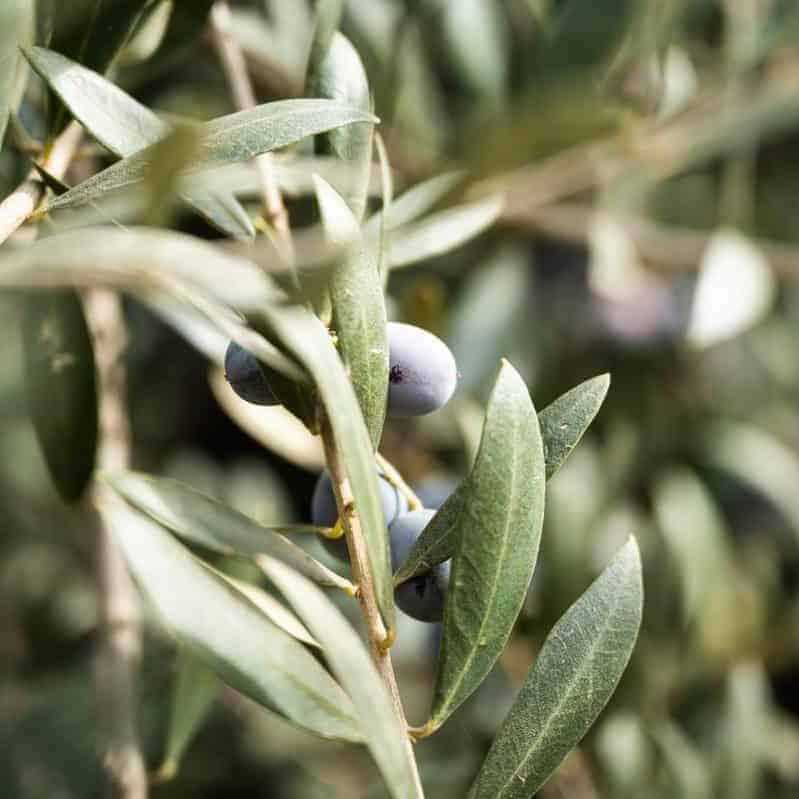
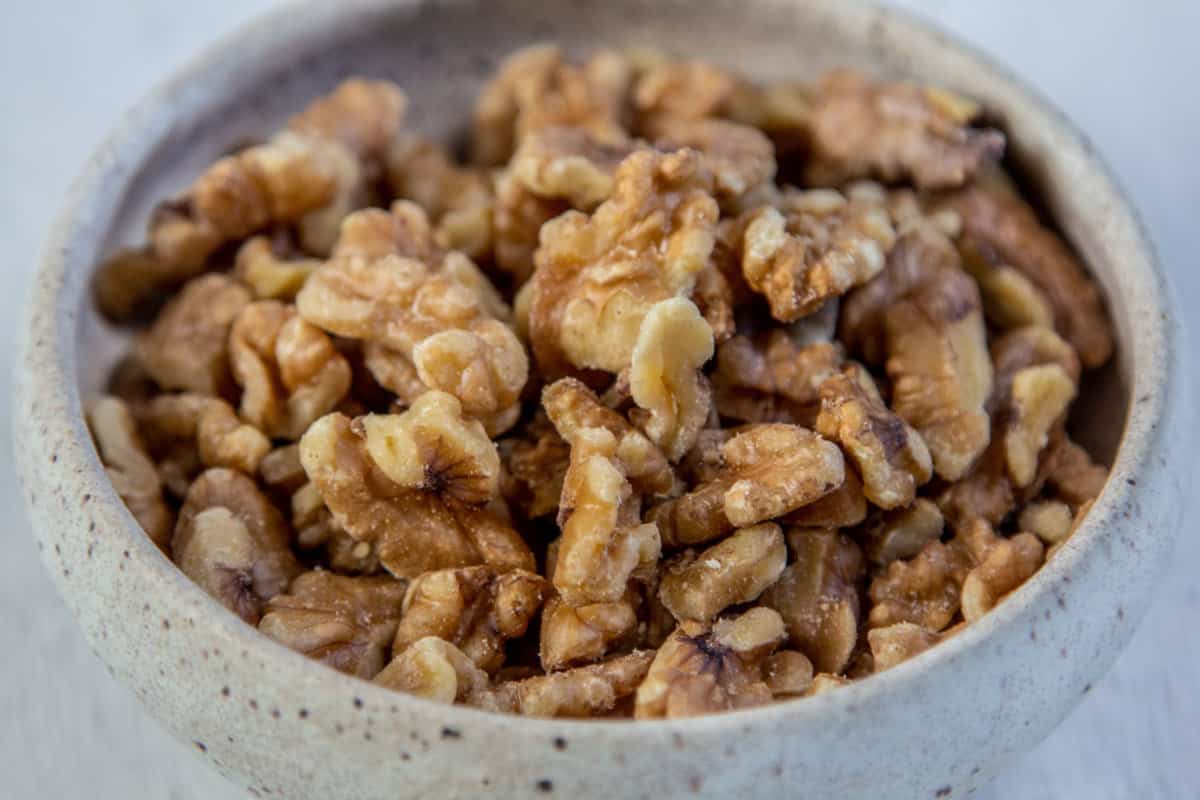
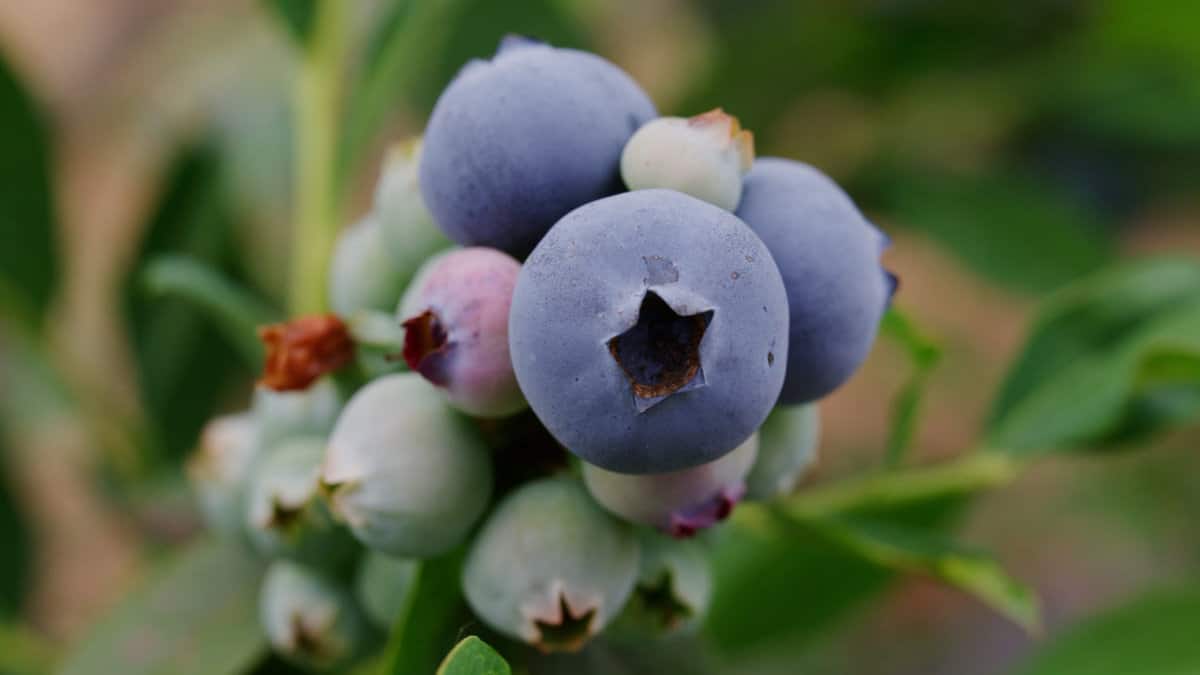
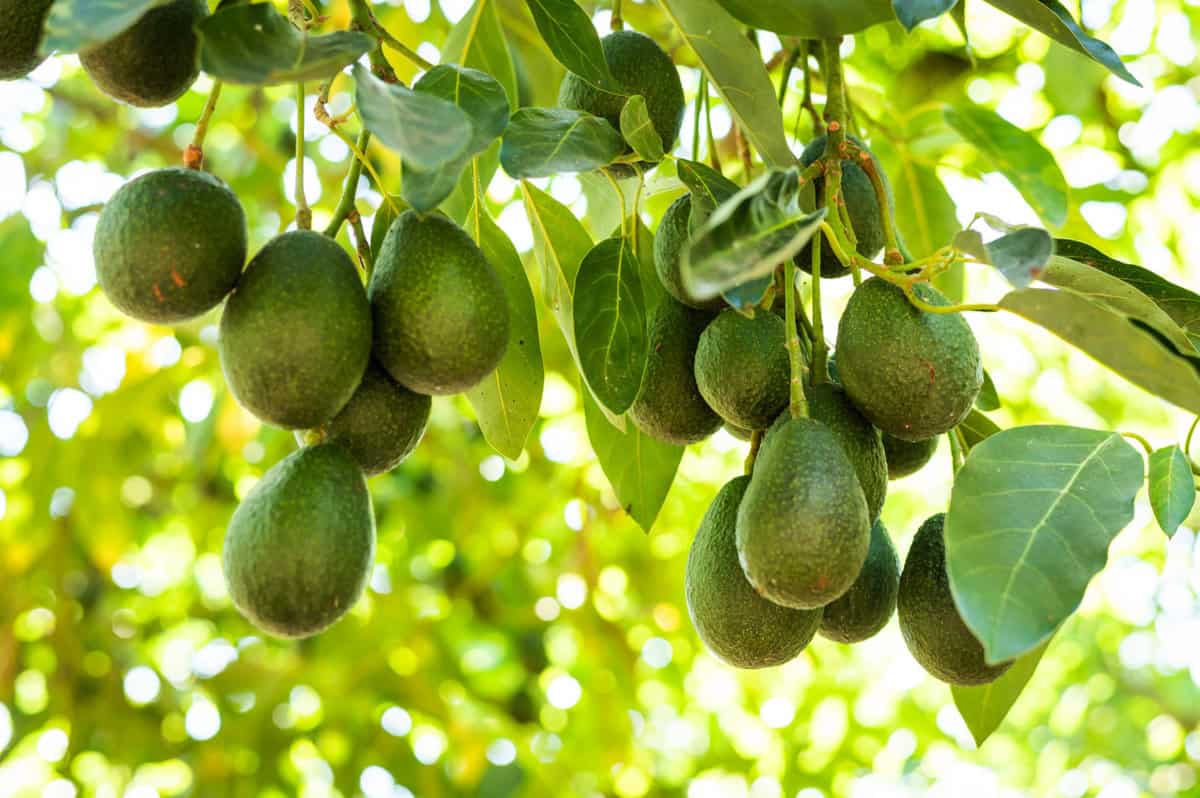

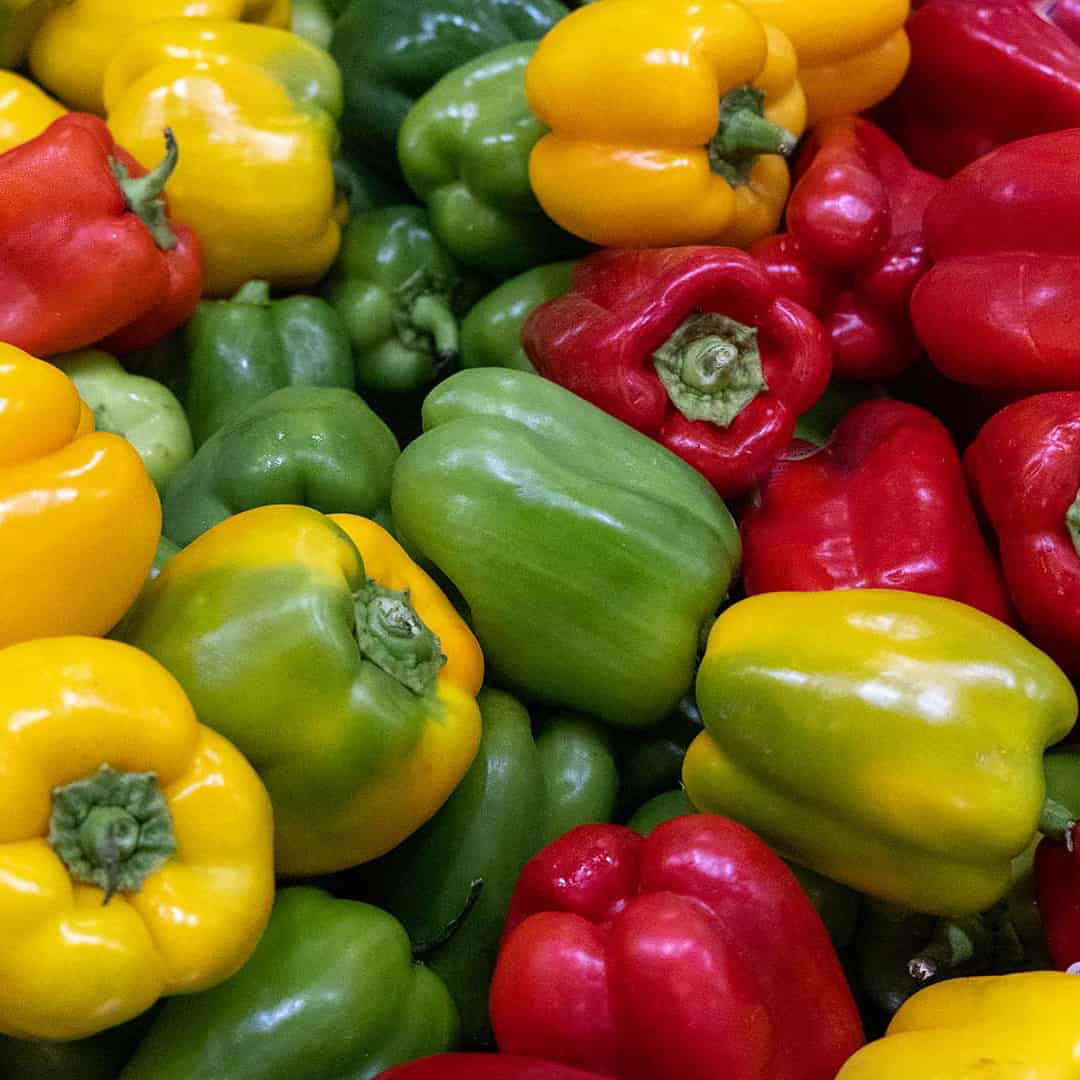


Article by Hilary Rance. Photography courtesy of James Collier, Alycia Moreno, California Wines and Hilary Rance.

